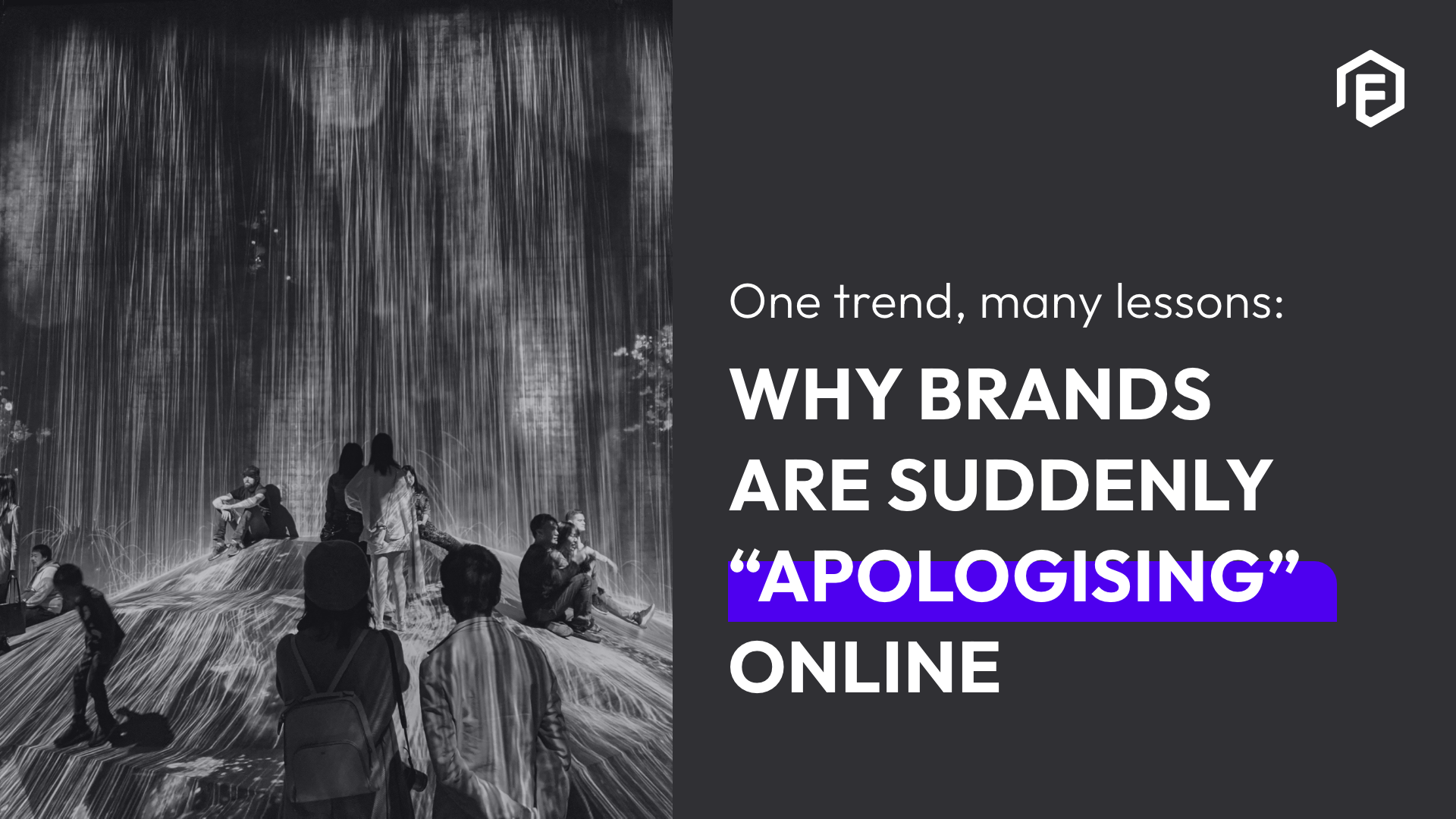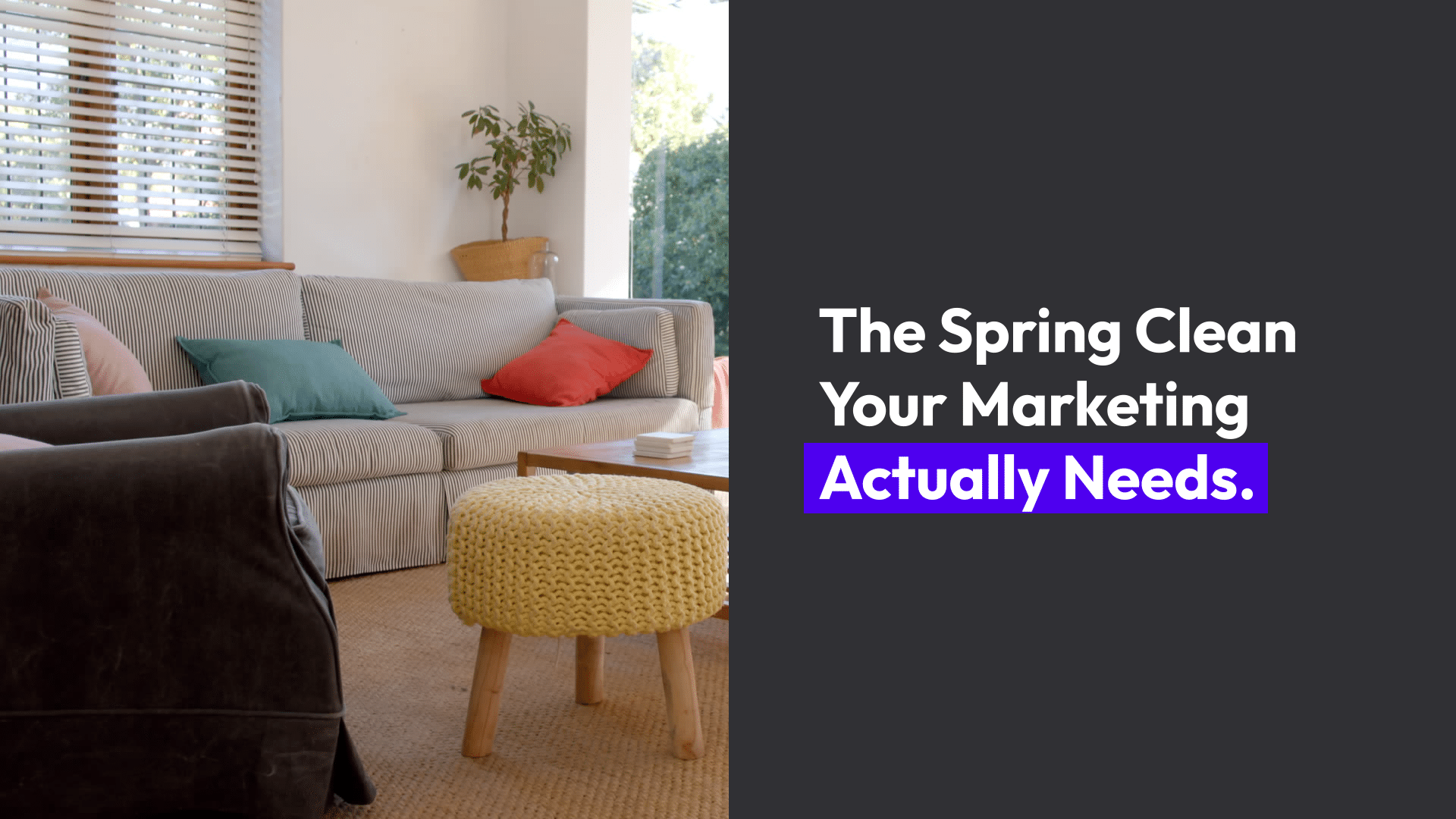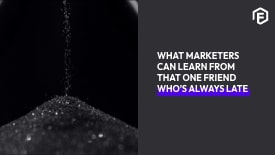There’s a gap that exists between online media buying and creative.
We all know that online media buying progressively pushes the boundaries of what’s possible when targeting an audience. We hear the words ‘programmatic media buying’ being flung around boardrooms like wet rags. Apparently, you sound smarter if you use that phrase. Almost every online media buying plan now includes a line-time called ‘programmatic.’ I’m not criticising programmatic media buying; I’m simply not convinced that, on it’s own, it is the be-all and end-all of online media buying. Why? Because without considering the creative (whether the CTAs and USPs are strong enough and stand out well enough) how do you really know where the hard yards are going to be won? Is it because programmatic works, or because the creative worked or didn’t work?
This is where online creative UX comes into play. Firstly, what does success look like? At Flume, we break this up into 3 understandable and measurable buckets, namely: brand awareness, engagement and leads. The type of creative you’d put forward for brand awareness would be vastly different from that for lead generation. In brand awareness, I’m looking to tell a story, to enhance your affinity for my brand, what my brand stands for, and why it exists. My KPIs might look like impressions, view time, etc. With leads I’m looking for hardcore WHAT am I selling? WHY does it matter to you? WHERE do you get it? – To the point, no fluff. We haven’t even touched on the channels and media tactics yet, we’ve only addressed which creative designs we’re most likely to use for which objectives.
But up until now we’re simply guessing. I’ve only made assumptions.
The real test comes into play when I set my creative live. Only then do I know how well it’s performing. At Flume, we ran a campaign for a client that did a generally good job but didn’t shoot the lights out. One of our media buyers sat with us and said, “From what the data shows me, creative work like type A works better than type B on Facebook and Instagram, but type C works better for 3rd party banners.” For the next iteration, we used her insights and designed the creative accordingly. We shot the lights out. It’s amazing what we can do when we listen to what the media data actually tells us about creative.
This is why I’m such a big advocate for creative media buying, where creatives and media buyers work alongside one another to achieve the success that a client is looking for. Working together, they’re fluid and nimble enough to adjust as they go.
Gone are the days of media buying happening in isolation from creative.



